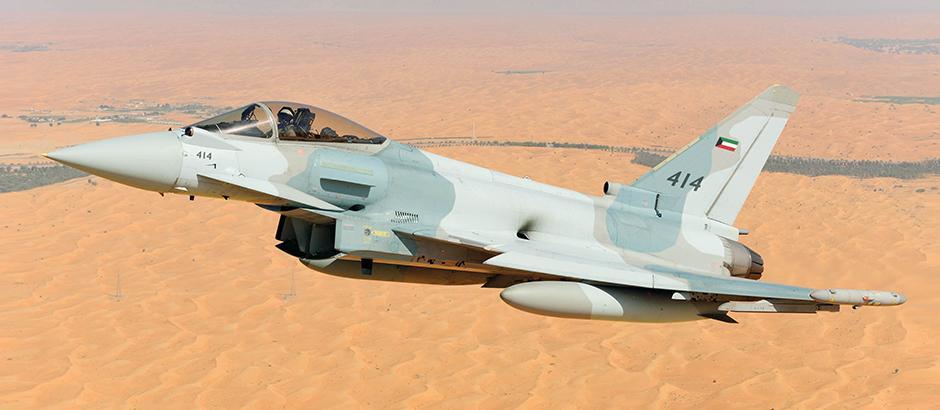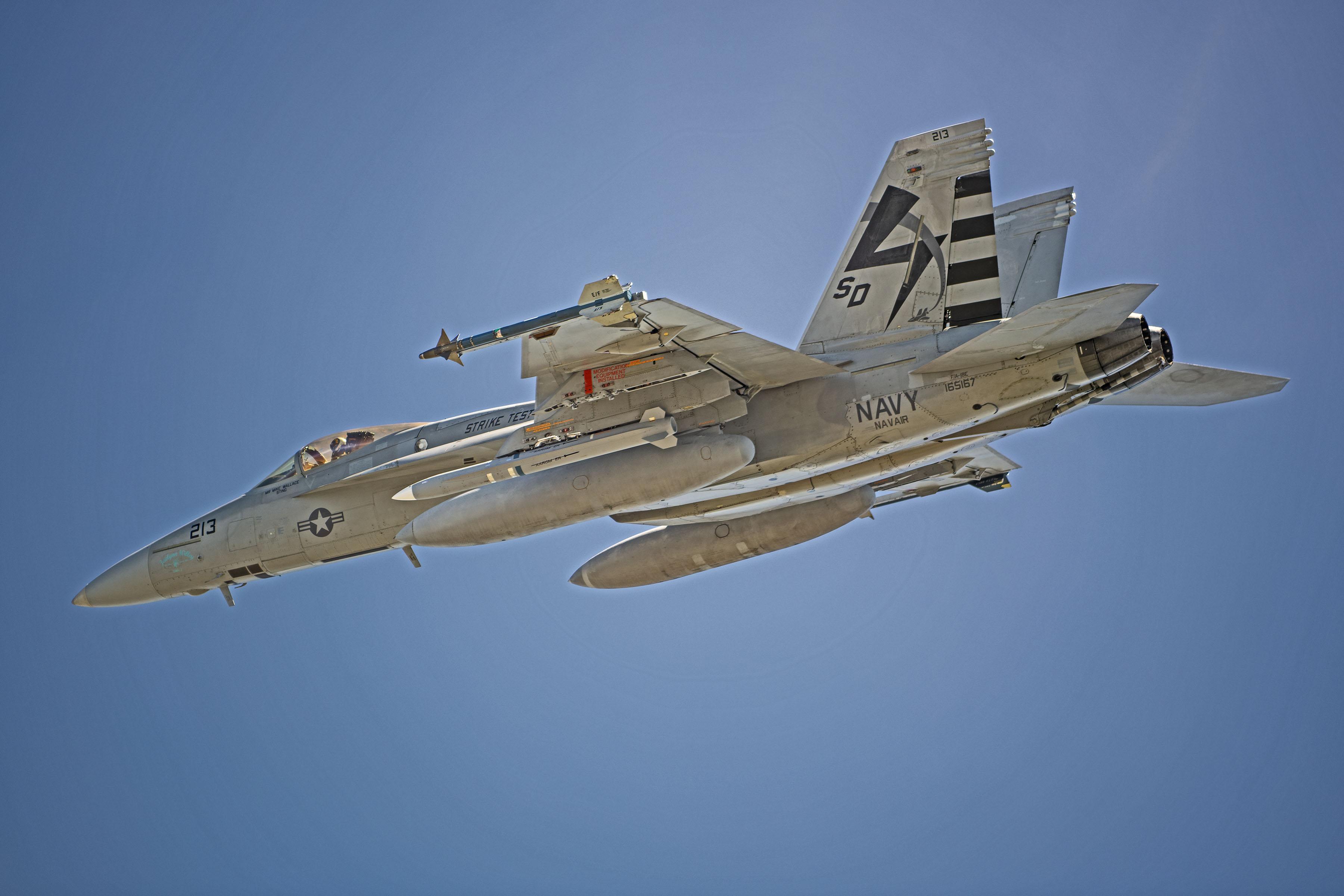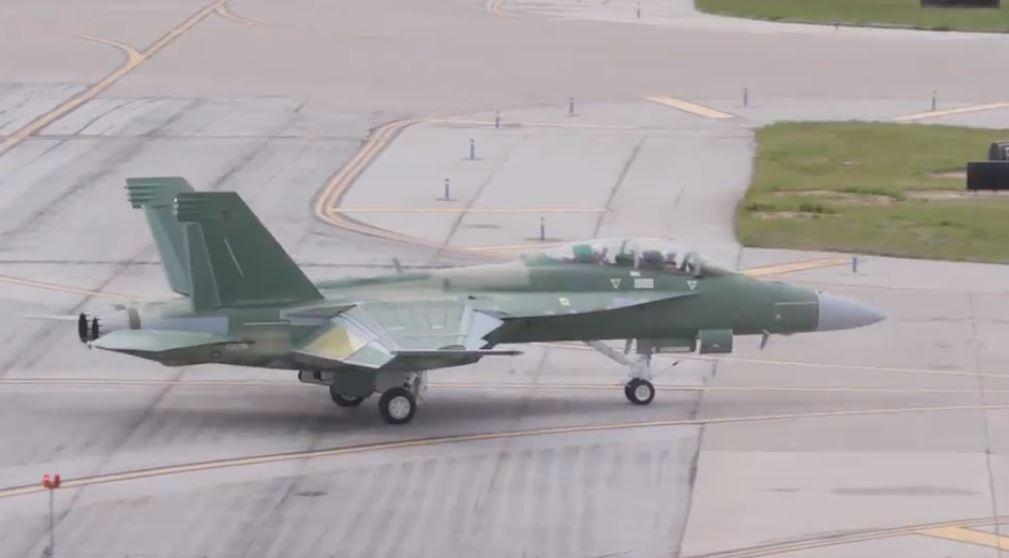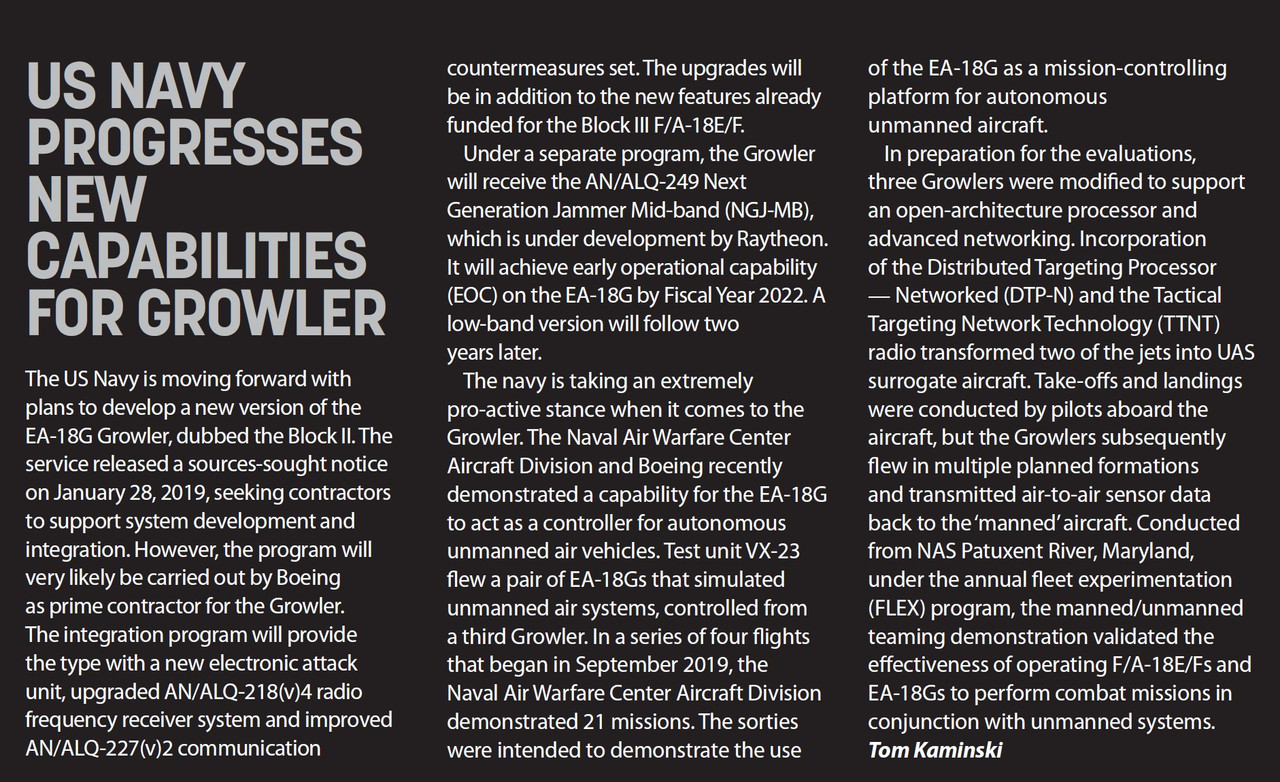The squadron also set the record for the program in terms of standing up and meeting all requirements to be certified the fastest of all units to currently achieve that status.
Expect forward deployments (into combat zones or non combat related COCOM forward deployments) to happen at a similar or even more accelerated cadence once the Pacific and the European squadrons are fielded. The 354th Fighter Wing (Eielson AFB Alaska) is the first Pacific Air Force unit to stand up and has begun receiving its F-35As with all 54 set to be delivered by the end of 2021. The first squadron over there should be able to start rotating through the region by probably early next year once its completely stood up and has a large force exercise under its belt. Could have probably done it earlier had it not been for COVID.
All this is an interesting contrast to the Su-57 and J-20 both of which were set on similar timelines..
For the third time, Hill AFB fighter wings deploy F-35As to Middle East
For the third time in approximately 12 months, Airmen from the 388th and 419th Fighter Wings here deployed F-35A Lighting IIs into combat.
The 421st Fighter Squadron departed Hill AFB recently for Al Dhafra Air Base, United Arab Emirates, to support the United States Air Force Central Command mission in the region.
“The 421st Fighter Squadron completed their stand up in December and now they’re our latest squadron heading into the fight,” said Col. Steven Behmer, 388th Fighter Wing commander. “This demonstrates the readiness of our Airmen, our weapons system, and the importance of both to the Air Force and our national defense mission. On top of that, add in prepping and training in this challenging coronavirus environment. As leaders, we couldn’t be more proud of our Airmen.”
The deployed squadron is made up of pilots and maintainers from the active duty 421st and Reserve 466th Fighter Squadrons and Aircraft Maintenance Units as well as personnel in other support functions.
Three weeks ago, an initial wave of active and Reserve Airmen who were deployed with the 34th Fighter Squadron returned to Hill following a 6-month deployment to Middle East. A large contingent from the 34th remain in the region and will return home soon.
During the deployment, the 34th FS performed close air support, offensive and defensive counter-air, and maritime escort which enabled regional deterrence. They also operated simultaneously from two different bases for more than three months and participated in multinational exercises, strengthening partnerships with regional allies. The 421st Fighter Squadron will likely take on a similar role.
“I’m extremely proud of our personnel for answering their nation’s call once again, and I’m certain they’ll do an exceptional job,” said Col. Brian Silkey, acting commander for the 419th Fighter Wing. “As always, we truly appreciate the sacrifices of their families and civilian employers as our Citizen Airmen step away to serve, especially now, during these challenging and uncertain times.”
The F-35A, the conventional takeoff and landing variant of the Joint Strike Fighter, provides greater operational capability by combining advanced stealth capabilities with the latest weapons technology.
The 388th and 419th are the Air Force first combat-capable F-35A units. The first operational F-35As arrived at Hill in October 2015. The active duty 388th FW and Air Force Reserve 419th FW fly and maintain the jet in a Total Force partnership, which capitalizes on the strength of both components. Hill AFB is home to 78 F-35s.











